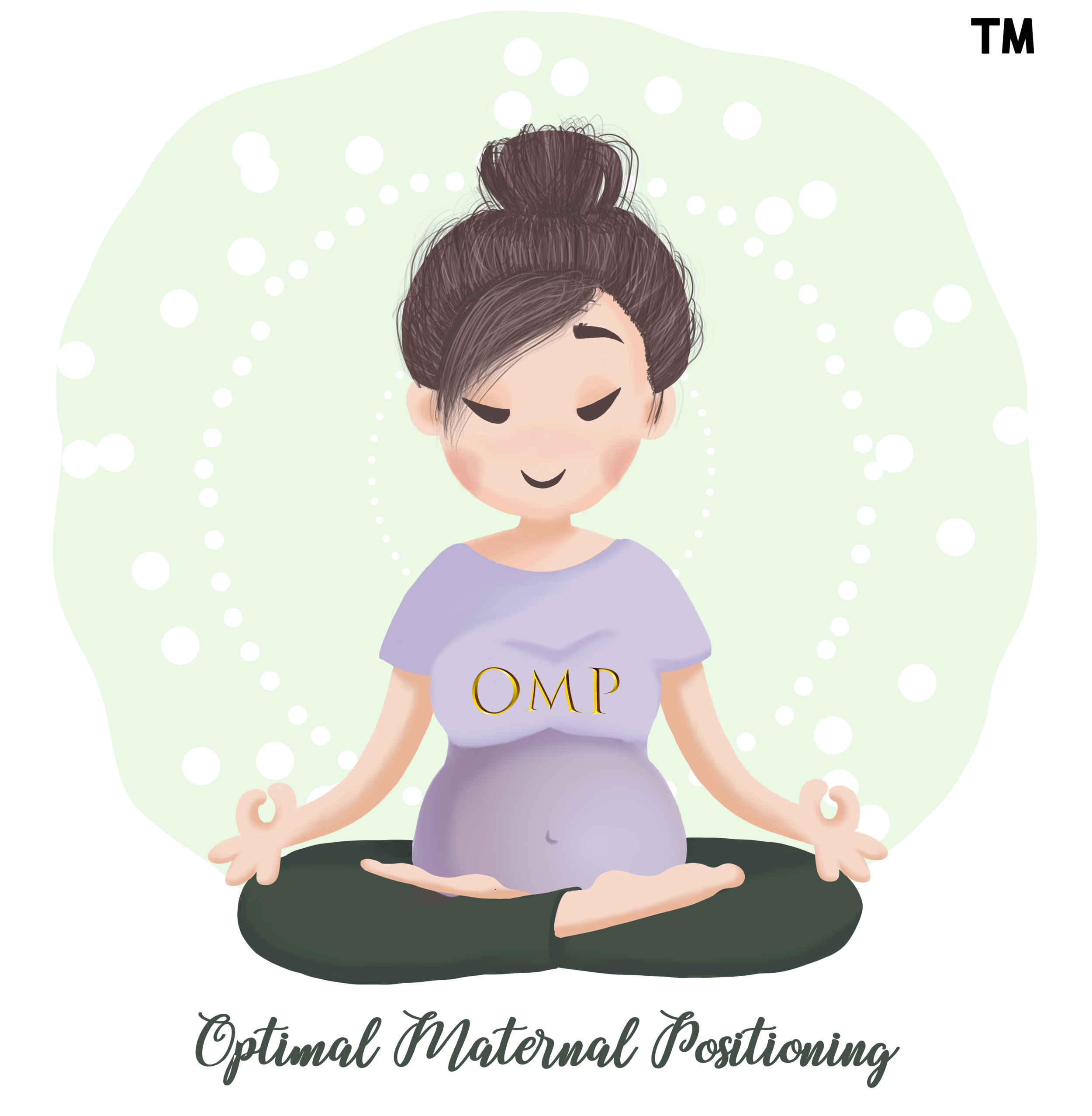2.2 Hip Extension & Hip Flexion
2.2 Hip extension & hip flexion
Hip Extension and Hip Flexion are movements where there is contranutation/nutation of the iliac which is modifying the opening of the pelvis. What does that really mean?
Hip Extension: Hip extensions causes iliac contranutation, where the inlet pelvis opens from the iliac and the outlet pelvis closes at the iliac. This is very helpful in creating space for babies to enter the pelvis as it allows more room for flexion to occur whether the baby is still in the greater pelvis or is moving towards the inlet pelvis, or if baby is anterior or posterior.
Hip extensions can be done in these OMP Active Birth Positions:
Standing supported with a birth rope or squat bar
Sitting on a gym ball
Kneeling or on ‘all-fours’ in the birthing pool
Side-Lying otherwise known as Flying Cowgirl
Supine on the bed otherwise known as Walcher’s
Hip Flexion: Hip flexion causes iliac nutation and the degree of iliac nutation would be dependent on the degree of flexion.
The neutral point for hip flexion would be ‘90 degrees’ where a mother has her upper body in neutral, otherwise known as ‘tabletop’ position, her hips are hip-width apart so there is no external or internal rotation and her hips/knees to ankles would be at a right angle. So if the degree of flexion of her femur is less than 90 degrees, iliac nutation is minimal. If her degree of flexion of her femur is more than 90 degrees, iliac nutation is maximised.
When there is iliac nutation, the inlet pelvis closes from the iliac crest and the mid to outlet pelvis opens at the base of the iliac. The Active Birth ‘all-four’s’ position is a commonly used position in flexion. There are various degrees of hip flexion:
Less than 90 degrees;
90 degrees is the neutral position where legs are hip-width apart, hip-knees-ankles are in a right angle;
More than 90 degrees otherwise known as ‘extreme flexion’: This is when her knees are higher than her hips which causes the outlet pelvis to open and closes the inlet pelvis. Any position where her knees are higher than her hips should be avoided until her baby’s head is in the outlet pelvis and she is bearing down and/or pushing.
Hip Flexion can be done in these OMP Active Birth Positions:
Standing supported with a birth rope or squat bar or supported by her birth partner
Sitting on a gym ball
Kneeling or on ‘all-fours’
Side-Lying
Supine
Hip extension and hip flexion can be done concurrently with other OMP Pelvic Mobility Protocols such as 2.3 Asymmetry of the femur and 2.4 External and Internal Rotation of the Femur.
For OMP Active Birth Positions , OMP Pelvic Mobility Protocols and OMP Comfort Measures to be effective, it has to be done during contractions and used for 5-10 consecutive contractions to see if it is effective in enabling labor to progress.
Hip Flexion > 90 degree
The mother’s knee is lower than her hips
Hip Flexion = 90 degree
The mother’s knee is about the same height as her hips
Hip Flexion < 90 degree
Otherwise known as “extreme flexion” where the mother’s knee is higher than her hips




